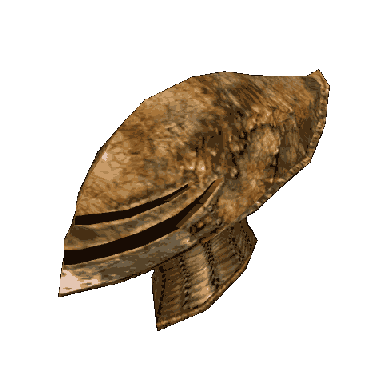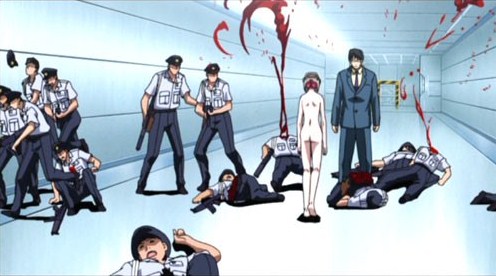Hey, so you probably heard I was asked to speak at the Glasgow International Fantasy Conference on my 2015 project, The Rats in the Walls. The talk went great, and I’ll be publishing the full text soon, but in the meantime I wanted to give some of the high points of the trip.
First off, while walking around Glasgow, I could catch a few glimpses of the Glasgow Necropolis, which was awesome. I’d never seen a graveyard like it, and the ‘skyline’ of monuments on the hill made it look like a true city of the dead. The giant doors in the hillside were especially cool–they made me think of the gates of a city, leading into the earth.


Second, the actual Conference took place in Glasgow University’s chapel, which was beautiful. The University is over 550 years old, and a lot of the passages still feel more like a castle than a modern building. The presentations, including Phil Harris’ talks on worldbuilding and game design, Rob Maslen’s lecture on the book as a fantastical object, and Julie Bertagna’s speech about her YA fantasy series, Exodus, were fantastic.



Third, I ended up meeting some great people at the Conference, including professors, writers, and academics. It was great to hang out with fantasists, instead of having to expand the gathering to include the other SF genres, like sci-fi and horror. There’s a lot of things unique to fantasy, and for once I was able to talk with people who were familiar and excited by the ins and outs of fantasy worldbuilding without having to explain what it was or how it worked. Most surprising of all, I was surprised when I found out the University had recently christened a new Masters in Fantasy Literature program, and that many of the attendees were members.
Fantasy has been dismissed for decades as commercial, not ‘serious’ literature. Most people who get their writing degrees see a significant stigma attached to writing fantasy in a university setting, including the director of the Odyssey Writing Workshop, who I interviewed recently for Outer Places. It was good to see more attention and credit given to fantasy as a genre at Glasgow U. At the same time, I felt a bit uneasy when the time came to present papers: GIFCON did so much to accord itself with traditional academia, both in the topics that were presented (including a Marxist interpretation of Dark Souls) and the way people spoke about them. For example:
While listening to a presentation about using a psychoanalytical approach to the dreams and visions in Game of Thrones, the moderator asked the presenter if he had thought about alternate interpretations of the characters’ dreams, ones that didn’t fall in line with his thesis. The presenter responded that there were a lot of visions/dreams that didn’t match up, but he’d focused on the ones that did.
As someone who’s gone through a Bachelors Degree program and written a couple academic essays for Clarkesworld, I’ve slowly realized that academia, especially academic scholarship on literature, is primarily focused on viewing one tiny facet of a subject in one very specific light, then discrediting or ignoring anything else that contradicts it (or admitting the contradictions and claiming that you’re ‘grappling’ with a complex topic that defies even self-definition). I know I’ve been guilty of this–it’s hard to take a complex world and distill a consistent, meaningful pattern from it into writing, rather than just be selective about what you pay attention to and pretend that everything else falls in line. But that latter attitude encourages a very narrow view of any given topic, and the moment it’s presented outside of its very familiar (and tolerant) academic setting, it suddenly appears incredibly myopic and (sometimes) even indulgent.
The ‘indulgent’ element is especially galling. So much scholarship, when it gets down to it, seems to be initiated because the author thought it ‘interesting.’ Certain aspects or viewpoints on a topic are discarded because the author thought it would be ‘more interesting’ to explore what they wanted to write about. There’s also very little consideration for an audience outside other experts in the field, which means all this supposed knowledge will never reach anyone outside a small circle of people. These aren’t new concerns, but they are persistent, and it makes me wary about treading deeper into the academic sphere as a speaker or writer.
GIFCON was a great experience and I hope it grows over the coming years, but I hope that it takes a note from its popular audience and material and moves away from emulating contemporary academia. I don’t know. I’m certainly not advocating for anti-intellectualism, but at the same time, attending GIFCON and seeing fantasy taken ‘seriously’, it throws into sharp relief that there are deep problems in the way academia approaches knowledge and literature. Maybe there’s something to be said for being underground, unexamined, and mocked by the establishment–it means we don’t have to play by the rules.

P.S. The milk in Scotland is delicious, cheap, and plentiful. 10/10.
































 And
And 


































